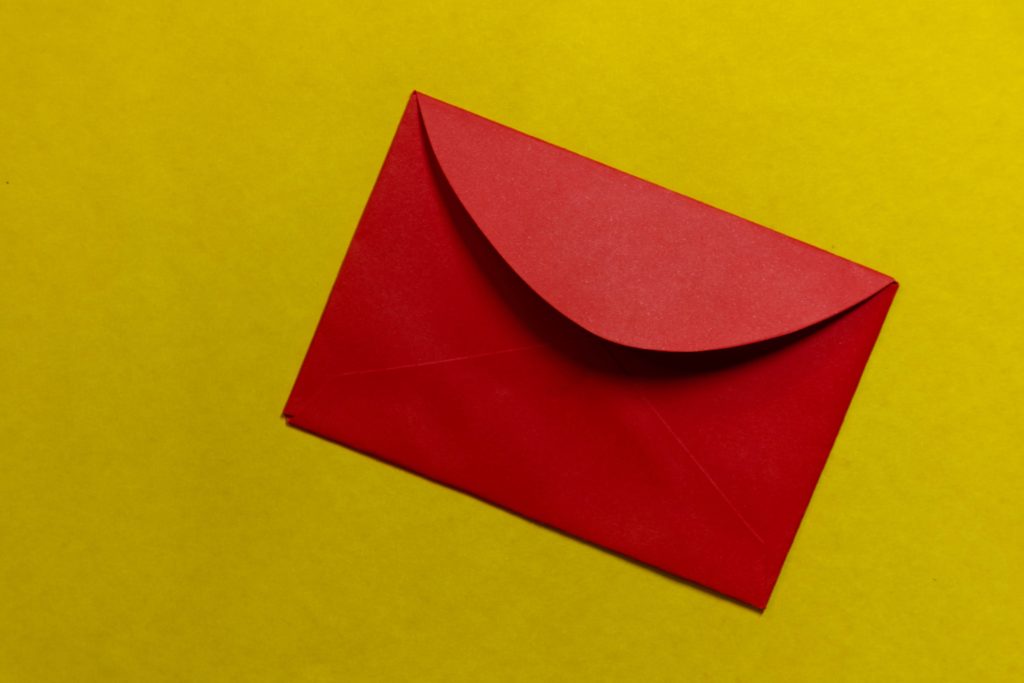
You’ve sorted all your paperwork, completed all of your calculations, and filed your taxes on time. Many Canadians feel that the moment they file their tax return, they can stop worrying about taxes for another year. However, this is not always the case. In fact, once filed, a tax return can be audited multiple times by Canada Revenue Agency (CRA) to ensure its accuracy. Check that you have received your Notice of Assessment before filing your paperwork (NOA).
What exactly is my NOA, and why is it necessary?
Whether an Expert filed your taxes for you at IDM or if you did them yourself and filed them online, you’ll always receive a NOA from the tax authority once they’ve finished reviewing your return.Your NOA summarizes your income for the year, the credits and deductions you claimed, and, most importantly, the amount of additional tax you must pay (if any), or the amount of your refund. If the government’s figures differ from the ones you provided when you submitted, any adjustments made by them will be detailed here.
Your NOA contains vital information, and we’ve broken it down for you so you know everything you need to know before you can officially call your taxes done for the year.
When will I receive my NOA?
You can have your NOA mailed to you immediately after filing your return if you have signed up for online mail through your CRA My Account.
If you request a paper copy of your NOA, it will typically arrive 1 to 2 weeks after your return has been processed. If you did not sign up for direct deposit and are receiving a refund, your NOA will be linked to the refund cheque. Otherwise, it will be delivered separately.
My return appears to have been modified by the CRA. Is there anything I need to do?
Even though you double-checked every number, errors can occur. For instance, if you fail to claim the Canada Employment Amount, the CRA will include it in your return. If you claimed something you shouldn’t have, the change will be reflected in your NOA, along with an explanation.
When the CRA makes adjustments, you are not required to take any action, and they will notify you if there are any penalties or interest as a result of the changes.
My NOA modifications don’t make sense to me.
Because NOAs are generated by a computer, they may contain conventional explanations that are difficult to grasp. You can always contact the CRA to ensure that you understand any changes and agree that they are correct.
Is the date on which I obtain my NOA significant?
The date on your NOA serves as the deadline for objecting to any changes made by the CRA. It also starts the three-year period in which the CRA can examine your return. After this three-year time has passed, they can still review you in a few scenarios, the most crucial of which is if you committed fraud or were incompetent in the preparation of your return.
The NOA for this year can help you next year.
Keep your NOA somewhere you can quickly locate it again since it will come in helpful when preparing your next tax return. It includes your RRSP contribution limit for the year as well as your Tax Free Savings Account (TFSA) contribution limit. Even if you do not record your TFSA on your income tax return, the annual contribution limit is included in the summary report of your NOA from the CRA.
Carry forward amounts are also shown on your CRA NOA. This contains your carried over capital losses, unused tuition and education credits, and information about your Home Buyers’ Plan (HBP) balance and repayment. Overall, this will be useful information to have for the return next year.
Beginning in 2020, you will be able to submit your NETFILE Access Code (NAC) while filing your federal tax return online. This is an 8-character code used as an additional security step to confirm your identity. It can be found on the right side of your prior tax year’s NOA.
Entering your NAC is optional; you can still NETFILE without it. If you do not enter it, you will be unable to utilize any information from your 2020 tax return to validate your identity with the CRA in the future (for example, if you need to call the CRA, or sign up for your CRA My Account). Other information will be required to validate your identity.
Where should I keep my NOA?
Your prior year’s NOA should be filed wherever you put your documents for protection – whether that’s a tax envelope, folder or drawer, or even an entire closet – because you might need it for something other than your taxes. If you apply for a mortgage or loan, your financial institution will most likely want a copy of your NOA to confirm your income. Some social services may also seek a copy of your NOA to verify your prior year’s income.
I lost my NOA. What do I do?
If you’ve looked everywhere but can’t find your NOA, there are a couple of options for getting a copy of your NOA from the CRA:
- Log into your CRA My Account (registration required) to view and print your NOA or notice of reassessment issued after February 9, 2015. For years prior to that, you’ll be able to see detailed summaries of your notice of assessment or reassessment; or
- Use the MyCRA app to view your NOA or notice of reassessment for the current year and up to three prior years.
Ready to file? Get help from IDM Tax Experts now!




